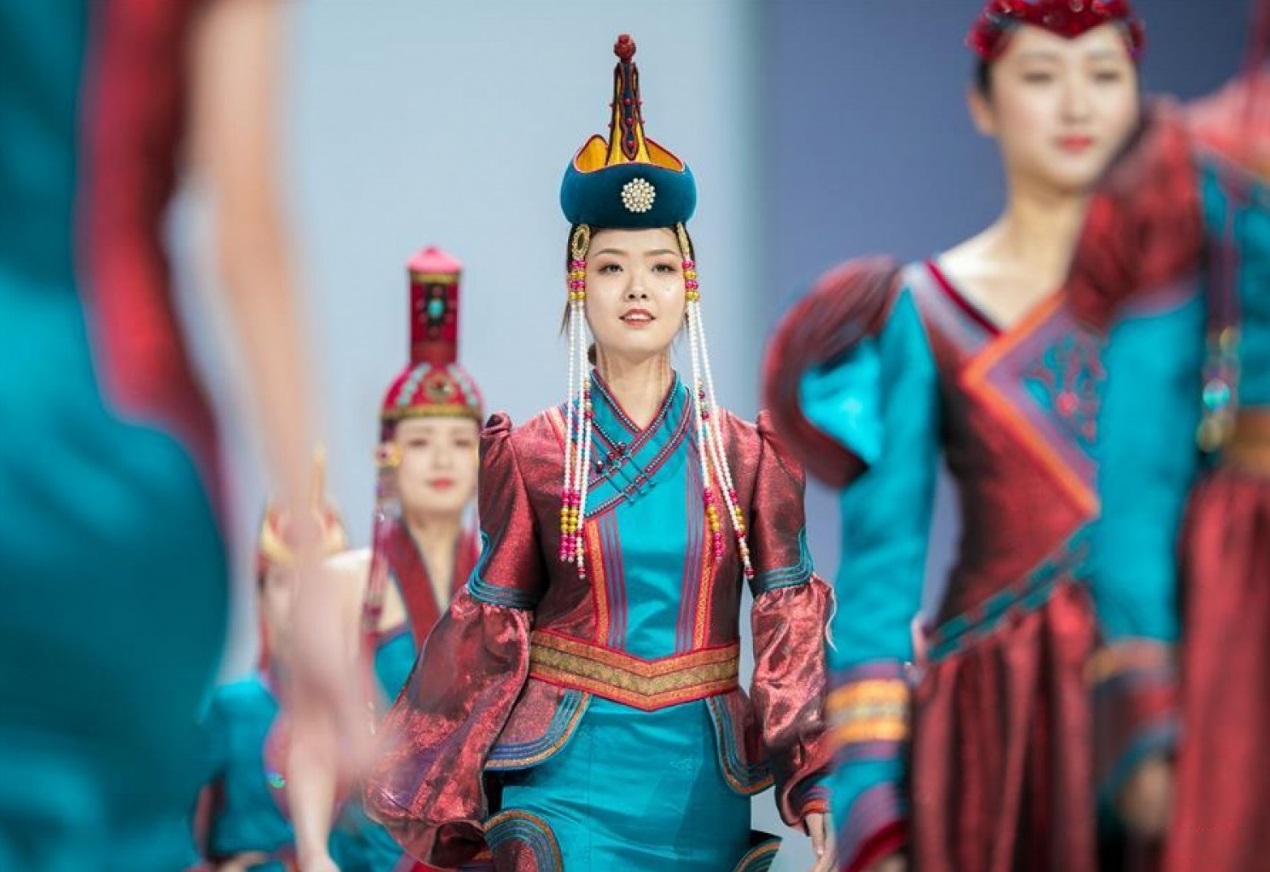8:25 PM Threads of Tradition: The Story of Mongolian Clothing | |

Mongolian clothing is more than a practical response to harsh climates—it is a vibrant expression of identity, heritage, and craftsmanship. From the iconic deel to intricate accessories, the attire of Mongolia’s diverse ethnic groups tells a story of resilience, creativity, and cultural pride. Mongolian clothing is a living testament to the nation’s adaptability, creativity, and reverence for tradition. From the intricate embroidery of a festival deel to the practical sturdiness of gutal boots, each piece reflects the spirit of a people who have thrived in one of the world’s most challenging environments. For visitors, donning a deel or exploring the artistry of Mongolian attire is more than a fashion statement—it’s an invitation to connect with centuries of heritage. 1. The Deel: Mongolia’s Timeless RobeThe deel, a traditional long robe worn by both men and women, is the cornerstone of Mongolian clothing. Designed for the nomadic lifestyle, its loose fit allows ease of movement, while its overlapping front protects against harsh winds. Deels are secured with a wide sash or belt, which also doubles as a place to store small tools or money. Seasonal Adaptations:
2. Patterns with MeaningMongolian clothing is richly decorated with symbolic motifs that reflect nature and spiritual beliefs.
3. Hats: The Crowning GloryTraditional Mongolian hats, such as the loovuz and malgai, are as functional as they are ornate.
4. Boots Built for the SteppeMongolian boots, or gutal, are uniquely crafted for the nomadic lifestyle. Made from leather, they have upturned toes, believed to prevent damage to the earth and honor Buddhist principles. The thick soles provide insulation and protection while riding horses or walking long distances. 5. Accessories of EleganceMongolian attire is often complemented by intricate accessories:
6. Ethnic Diversity in ClothingMongolia’s ethnic groups each have distinctive styles of clothing:
7. Modern RevivalsToday, there is a resurgence of interest in traditional Mongolian clothing. Designers are blending historical elements with modern aesthetics, creating deel-inspired dresses and jackets for urban wear. Events like the annual Deel Fashion Festival in Ulaanbaatar celebrate this fusion, showcasing the versatility and beauty of traditional attire. 8. Clothing Etiquette and SymbolismMongolian clothing is deeply tied to social customs:
| |
|
| |
| Total comments: 0 | |